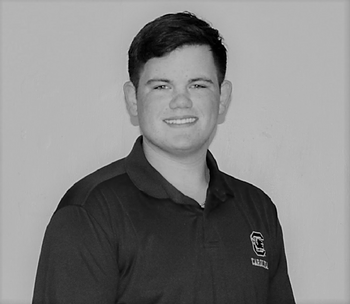1 in 6 say coronavirus has changed their plans to go to college full-time
A new poll shows one in six high school seniors who had planned to go to a four-year college in the fall are reconsidering in light of coronavirus. The poll was released around the same time that Moody’s Investor Service downgraded the economic outlook for the higher education sector from stable to negative.
The poll, conducted by Art and Science Group LLC, surveyed 487 students who are set to graduate high school this academic year. The findings show that young people are actually “highly engaged” with coverage of the pandemic, with 90 percent of those polled saying they keep themselves updated with “at least one daily headline of the pandemic.” Ten percent of that group say they check in at least hourly.
One out of six students say their plans to attend a four-year university have changed due to coronavirus, with 35 percent of those students now planning on taking a “gap year” rather than starting their college career in 2020. Another 35 percent say they will go to school only part-time.
[RELATED: Colleges alter traditional college admissions process amid coronavirus pandemic]
Thirteen percent of those whose plans have been upended said they “don’t know” what their college plans are now.
The same poll reveals that a whopping 78 percent of students who are still planning on going to school full time have canceled or postponed non-admissions related campus visits, while 58 percent said that they have canceled visits having to do with the admissions process. Fifty-eight percent of those still planning to attend full-time said they had to push back or cancel taking their SAT, ACT, or similar standardized tests.
[RELATED: In their own words: Students share how coronavirus has impacted them]
As faith in the ability of colleges to weather the coronavirus storm wavers, credit rating agency Moody’s has downgraded its outlook on higher education from “stable” to “negative.” The agency predicted that colleges and universities would surely see a drop in “enrollment, state support, endowment income, philanthropy, and research grants.”
Follow the author of this article on Twitter: @ringer_blake

